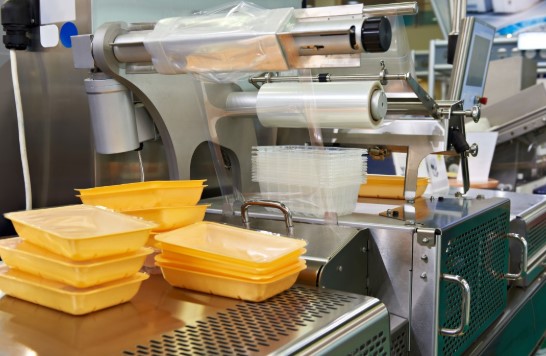In any industrial or manufacturing environment, equipment reliability directly impacts productivity and profitability. Over time, even the most durable systems show signs of wear and tear, making it essential to monitor the condition of critical machine components. Recognizing when to replace these parts not only reduces unexpected downtime but also extends the life of your equipment.
Understanding the Role of Machine Components
Every piece of machinery relies on a network of precisely engineered parts working together. From bearings and belts to gears and sensors, these machine components ensure smooth operation and consistent output. When one part fails, it can create a chain reaction that disrupts production and increases repair costs.
Routine maintenance and timely replacement are key to avoiding these issues. By focusing on component health, you protect your investment and maintain a steady workflow, which is especially important for businesses with demanding production schedules.
Signs That It’s Time for Replacement
Identifying when to replace machine parts requires attention to performance and regular inspections. Here are common indicators that a component may be nearing the end of its lifespan:
- Unusual Noises: Grinding, squealing, or knocking sounds often signal worn bearings or misaligned parts.
- Reduced Efficiency: Slower processing speeds or inconsistent outputs may indicate that gears or belts are slipping.
- Visible Wear or Corrosion: Cracks, rust, or fraying on belts and seals mean replacement is necessary.
- Frequent Repairs: If a part needs constant maintenance, replacing it outright is more cost-effective.
Documenting these warning signs helps maintenance teams schedule replacements before breakdowns occur.
Key Components to Monitor
Not all machine parts wear at the same rate. Some endure more stress and require closer attention. Critical machine components to keep an eye on include:
- Bearings and Gears: Essential for smooth motion, they are highly susceptible to friction and heat damage.
- Belts and Chains: Responsible for transferring power, these parts stretch and weaken over time.
- Electrical Sensors and Switches: Malfunctioning sensors can cause errors in automated systems, halting production.
- Hydraulic and Pneumatic Seals: Leaks from worn seals can reduce pressure and compromise equipment performance.
By prioritizing these high-impact areas, you can prevent costly shutdowns and maintain consistent output.
Benefits of Scheduled Maintenance
Planned maintenance provides significant advantages beyond simply avoiding downtime. When you replace worn machine components proactively, you:
- Increase Equipment Lifespan: Preventing small issues from escalating extends the life of expensive machinery.
- Boost Productivity: Well-maintained systems operate at peak efficiency, improving production rates.
- Enhance Safety: Replacing compromised parts reduces the risk of workplace accidents caused by sudden equipment failure.
- Lower Costs Over Time: Investing in timely replacements avoids expensive emergency repairs and lost revenue.
These benefits make preventive maintenance an essential strategy for any industrial operation.
Choosing High-Quality Replacement Parts
Selecting the right replacement components is just as important as replacing them on schedule. Inferior or counterfeit parts can fail prematurely and damage other equipment. To ensure reliability:
- Source from Reputable Suppliers: Work with vendors that specialize in genuine industrial parts and provide clear documentation.
- Verify Compatibility: Always match replacement parts to your machine’s model and manufacturer specifications.
- Request Certifications: Quality certifications guarantee that materials meet required industry standards.
High-quality components provide better performance and longer service life, justifying their upfront cost.
Strategies for Efficient Inventory Management
Maintaining an organized inventory of spare machine components helps avoid delays during replacements. Many facilities adopt just-in-time (JIT) strategies to reduce storage costs while keeping critical parts readily available. Using software to track part usage and predict future needs ensures you’re always prepared without overstocking.
Training and Team Coordination
Even with a solid maintenance plan, successful replacements depend on well-trained personnel. Maintenance teams should receive ongoing education on equipment updates and best practices. Encouraging communication between operators and technicians allows early detection of performance issues and ensures timely action.
Conclusion
Replacing worn machine components before they fail is vital for maintaining efficiency, safety, and profitability. Regular inspections, scheduled maintenance, and high-quality replacements protect your investment and keep production lines moving. For operations that rely heavily on packaging machinery, partnering with trusted suppliers like Machine Parts Toolbox who also understand the needs of wexxar packaging equipment can streamline procurement and ensure every system stays in peak condition.

